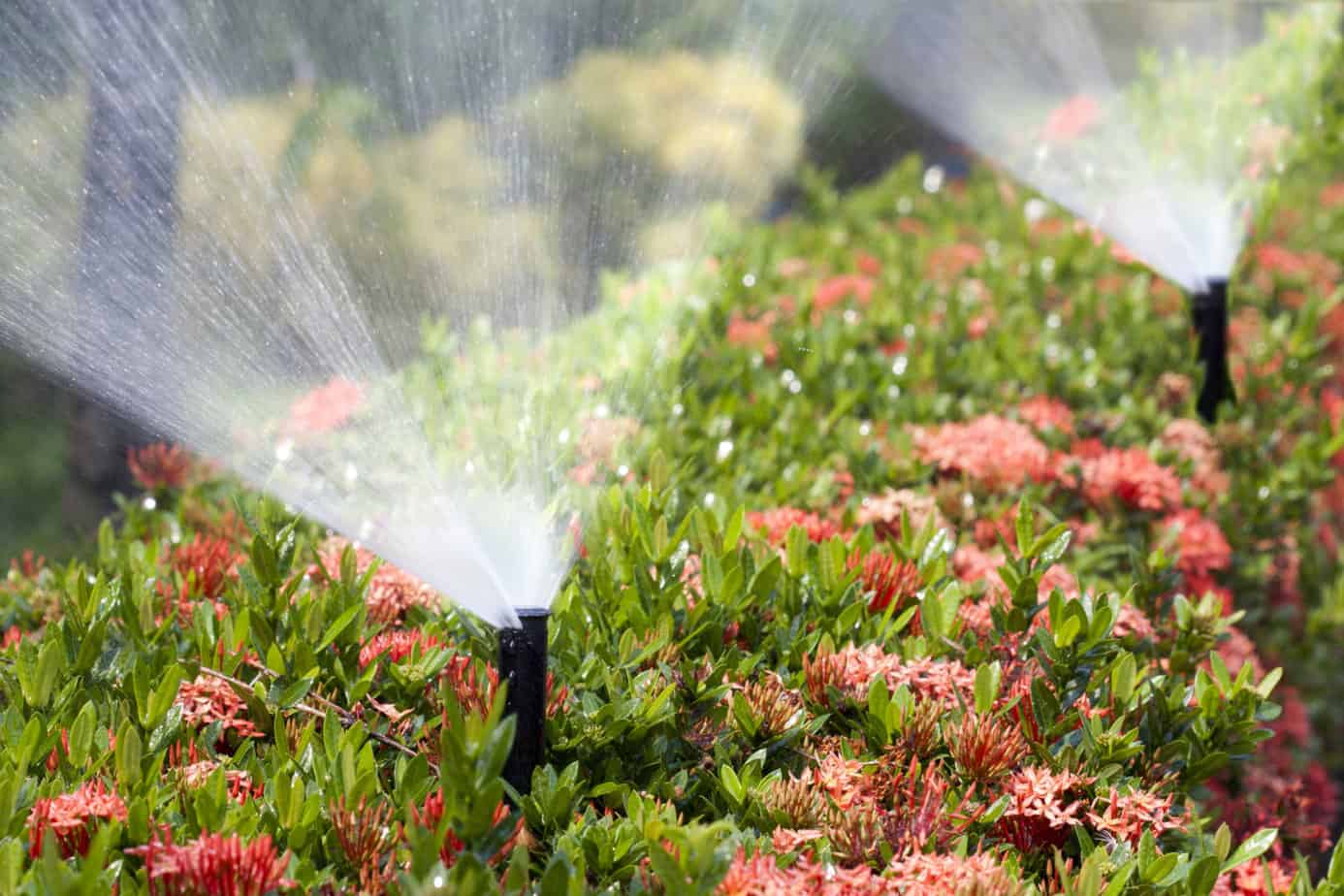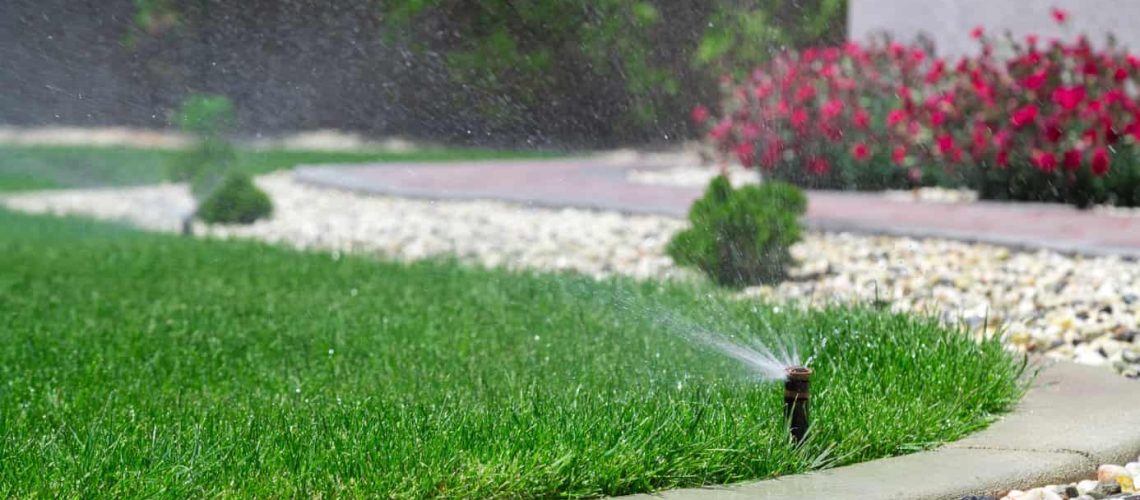A key principle of a water-wise irrigation system is adopting sustainable practices. Water is becoming an increasingly scarce resource and hence needs to be conserved. If current climate trends continue for the next 5 years, gardeners in every part of the world can face severe water shortages and expect to reduce water use for every purpose.
Water-Saving Irrigation Methods
Zoning Your Garden
In your sustainable garden, you can use water wisely and help restore the resources through an efficient irrigation system. An automatic underground system, for example, has the capacity to break down the job of watering the yard into zones. These zones are smaller areas containing vegetation that require a unique amount of water regularly.
The selection of vegetation in these zones is based on their water requirement. For instance, one zone can be dedicated to hardy plants for your site’s moisture conditions so that they will need little or no watering over time. Another zone can have plants that need extra watering, grouped, and to which you can run the end of a drain spout. Yet another zone can contain drought-tolerant landscaping plants supported with a drip irrigation system where little pipes with holes above the ground drip water whenever the plants need it.
Components of an Automatic Sprinkler System
Underground irrigation systems that turn on during scheduled time to water your lawns, plants, shrubs, and flowerbeds can save water and are good for the ecosystem. This system comprises two basic components, namely a controller and a shut-off device. The shut-off device is sold in the form of a soil-moisture sensor or rain sensor, or both. The controller controls the length and frequency of watering, whereas the sensors sense the yard’s condition according to its functionality. A rain sensor, for instance, prevents unnecessary watering during and after a rainfall. Likewise, the soil-moisture sensor senses the soil’s moisture content and turns the system on or off as needed.
Most states require that new irrigation systems be equipped with rain sensors. These sensors can be connected to the irrigation system manually through wiring or remotely with a remote controller or app. The sensor device has the ability to override any scheduled watering after rainfall has occurred. The moisture sensing device shuts off the system when an adequate moisture amount is present in the soil.
In essence, rain sensors and moisture sensors can save you a lot of money and reduce the automatic irrigation system’s wear and tear. Just make sure the system is placed such that it’s watering the soil and roots and not the leaves directly. Additionally, it’s important to water your plants when they need it. Automatic irrigation systems are easy to maintain as long as they are free from leaks underground. They can also protect turf from diseases and excess moisture in the soil.

Calibrating Sprinkler System
To maintain a healthy lawn and garden, you need to determine the length of time for running the irrigation system in every zone. For instance, in most areas of Florida, the soil is more productive and fertile with 1/2 or 3/4 inches of water. The rate, in fact, varies from location to location. While clay soil thrives at only a 1/2 inch rate, sandy soil may need 3/4 inch of water since this soil type cannot hold water for long. A sustainable garden should incorporate the right rate to neither overwater nor water too little.
Best Time To Irrigate
The best time to irrigate your lawn and garden is early in the morning, between 4 am, and 8 am. During this time, the water will soak easily into the soil and be absorbed by the roots. After 8 am, the warm temperature tends to evaporate excess moisture off the leaf blades. For this and many other reasons, irrigating in the early morning hours is a good idea. Additionally, water that remains on the leaf blades can cause turf diseases. If watering at night is your only option, do so instead of droughting them. Again, watering frequency depends on the soil. If the soil is overly dry, this means running water through it several times a day.
Collecting Rainwater in Barrels
Irrigation systems can also utilize water collected from rooftops and open spaces through rain barrels. These barrels can be connected to every downspout, or you could have a series of barrels in the open space pouring water into one another. The barrels come with a small tap near the bottom. A wide range of downspout diverters is available at garden stores or greenhouse suppliers that can be used to channel any overflow into the lawn or other areas. You could also use a hose to the barrel tap and divert the water as needed.


